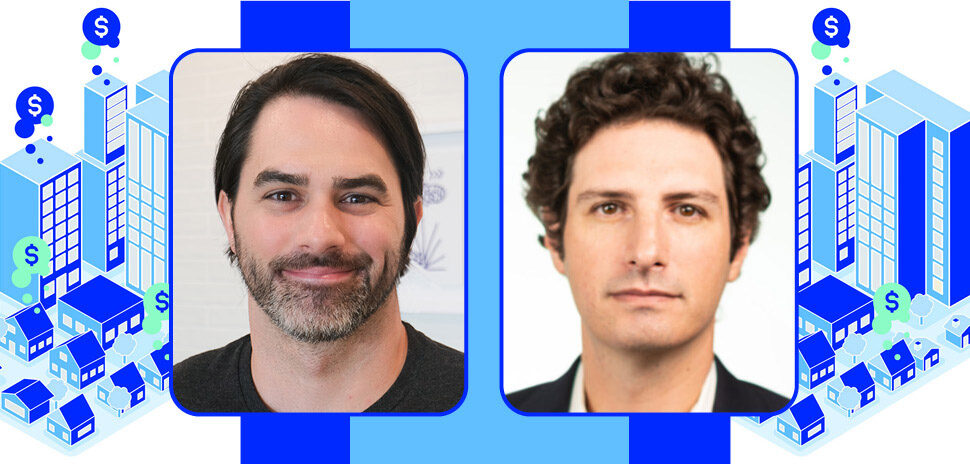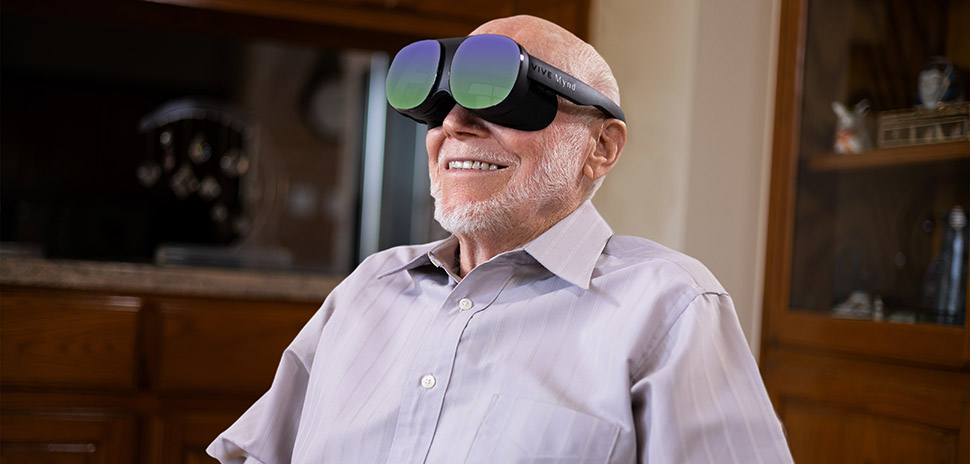Smart Cities. Living Lab. Innovation District. All are labels that describe the West End District in downtown Dallas.
But to that list, you can add such terms as unique, resurgent, vibrant, destination, a crown jewel.
Located on the northwest side of downtown Dallas, the West End District is transforming itself into a destination where tech-oriented people and companies want to come work, live and play amid 100-year-old buildings that are taking on a new life and a new look.
“Companies today fiercely compete for the best and brightest talent,” said Conrad Suszynski, co-CEO of Crescent Real Estate LLC, which has a portfolio of properties in the West End. “Although Dallas has a number of submarkets with high-quality Class A office space, the West End provides the only true creative style office settings that millennials desire, and the stock of historical brick-and-timber buildings is very limited, and mostly located in the West End.”
WEST END UNDERGOES REMARKABLE TURNAROUND
It’s a remarkable turnaround for a district that has seen more than a few ups and downs in the past 100 years.
Crescent began to acquire West End properties in 2015 and Suszynski, who was directly involved in acquiring the properties, said the company has had tremendous success in “creating value in those assets.”
Earlier this year, billionaire John Goff’s investment firm, Goff Capital Partners LP, in partnership with Long Wharf Real Estate Partners, closed on three properties in the West End. Crescent Real Estate LLC is one of Goff’s companies.
Suszynski said, that like other property owners in the district, Crescent is targeting tech companies.
“We are working with the other new institutional owners in the West End to rebrand and market the district to innovative and cutting-edge industries and new concept retailers.”
Conrad Suszynski
“We are working with the other new institutional owners in the West End to rebrand and market the district to innovative and cutting-edge industries and new concept retailers,” Suszynski told me.
“We acquired our portfolio with the intention of marketing the assets to predominantly tech companies,” he said. “For example, we are in negotiations with a customer that created one of the most commonly used apps in the market today.”
Suszynski said that Crescent likes the plans for the Smart Cities initiative in the West End and sees them as conducive to growth.
“We are thrilled about the Dallas Innovations Alliance’s vision for the district, and we will gladly work together with them to make the West End a successful Smart City,” Suszynski said. “We look forward to to the new ideas they are planning to develop innovative and creative districts.”
The Dallas Innovation Alliance is the driving force behind the district’s resurgence, in great part because of its involvement in the Smart Cities initiative, which has spawned the DIA’s vision of a living lab in the district.
“We are delighted about the Smart Cities initiative in the West End, and absolutely believe it will not only create value for our portfolio but for the district as a whole,” Suszynski said. “Although the West End is an urban district today, creating better modal transit, bike lanes, walkability, and Wi-Fi access across the district will make it much more attractive to office users, retailers, local residents, and visitors.”
Jeffrey Eiting, vice president of CBRE, said that the West End is well situated near all the development going on it Uptown, West Dallas, the Cedars, and other areas in and around the urban center.
“The one thing that remains is that the West End is in the middle of that,” Eiting said. “The West End has always been a good location and will continue to be so.”
He said that all the good things happening in the West End have been brewing for awhile, with companies such as CBRE, Crescent Real Estate, and Granite Properties strategically taking on properties in the area.
THE TIME IS NOW FOR THE WEST END
Granite recently acquired the West End Marketplace, which had been vacant for 16 years.
“The actuality is it’s been brewing for three to four years, and it takes a while for these pieces to be put in motion,” Eiting said.
For the West End, “the time is now,” he said.
Eiting said that the district is nearing a point where nearly tapped out in terms of office space, “and it’s getting really expensive.”
He said, for example, that West End residents Ambit Energy has about 50,000 square feet of space, and that Corgan has roughly 60,000 square feet.
“It’s great to see people at all times of the day and night.”
Jeffrey Eiting
Most buildings in the district are well leased, he said, but the Marketplace building will add a new dynamic.
“The office space will continue to thrive, and with the new Marketplace coming on line, that’s another 230,000 square feet, and I see it filling,” Eiting said.
The Marketplace will be a destination for retail or restaurant tenants that could attract additional visitors to the district in the evenings.
“It’s great to see people at all times of the day and night,” he said.
Eiting said he sees additional corporate relocations from out-of-town companies and from area suburbs that will head to the urban center, “and they will select the West End.”
He said all the investment from major real estate players “activates this type of real estate that doesn’t exist anywhere else.”
ATTRACTION TO THE WEST END
But, what is it about the real estate that attracts tech companies and millennials looking for a place to live?
In short, it’s bricks and timber and trees.
“All across the country, these districts that have prewar buildings have thrived, candidly, and have achieved some of the highest pricing,” Eiting said.
It has to do with people “connecting” with the space they are in, he said.
“You’ll see some of the new development will be as new additions — base of an older building with a new glass rooftop piece,” Eiting said.
“Ten years from now, most of the buildings will be over 125 years old and will have been renovated, sold, and brought back to a crown jewel of our city,” Eiting said.
The age of the buildings gives the district character.
“We are a relatively young city, but you look up and there are buildings that are 125 years old,” he said.
That’s a good thing, Eiting said.
“As we become an international city, you look around there are people who’ve just come to Dallas and bring the perspectives of where they’ve lived,” he said. “They bring an urban attitude, and they bring with them that loud voice.”
More Reading:

Dallas-Fort Worth Real Estate Review: The Rebirth of the West End
Sign up to get the quarterly digital edition of our sister publication, Dallas-Fort Worth Real Estate Review here.
DIA Unveils Vision for Living Lab in West End

For a daily dose of what’s new and next in Dallas-Fort Worth innovation, subscribe to our Dallas Innovates e-newsletter.
































